Nestled within the venerable walls of Harvard University, the Harvard Museum of Natural History stands as a captivating testament to the beauty and complexity of the natural world.
As you step through its doors, you embark on a journey through time and space, encountering a kaleidoscope of exhibits that showcase the Earth’s rich biodiversity.
From ancient fossils that whisper tales of prehistoric eras to meticulously preserved specimens that unveil the intricacies of diverse ecosystems, the museum is a treasure trove for both the curious mind and the avid nature enthusiast.
Join us in this virtual tour as we delve into the immersive exhibits, discover the groundbreaking research housed within its halls, and appreciate the museum’s role as a beacon of knowledge, inspiring generations to connect with the wonders that surround us.
We’ll also discuss how to take guided tours which are a great way to enhance your understanding of the collections and discover hidden gems.
Harvard Museum of Natural History
The Harvard Museum of Natural History, situated within the hallowed halls of Harvard University, is a mesmerizing tapestry of Earth’s history and biodiversity.
As you step into this venerable institution, you embark on a journey that transcends time, unraveling the mysteries of our planet through captivating exhibits, groundbreaking research, and a commitment to education.
Evolution of a Legacy
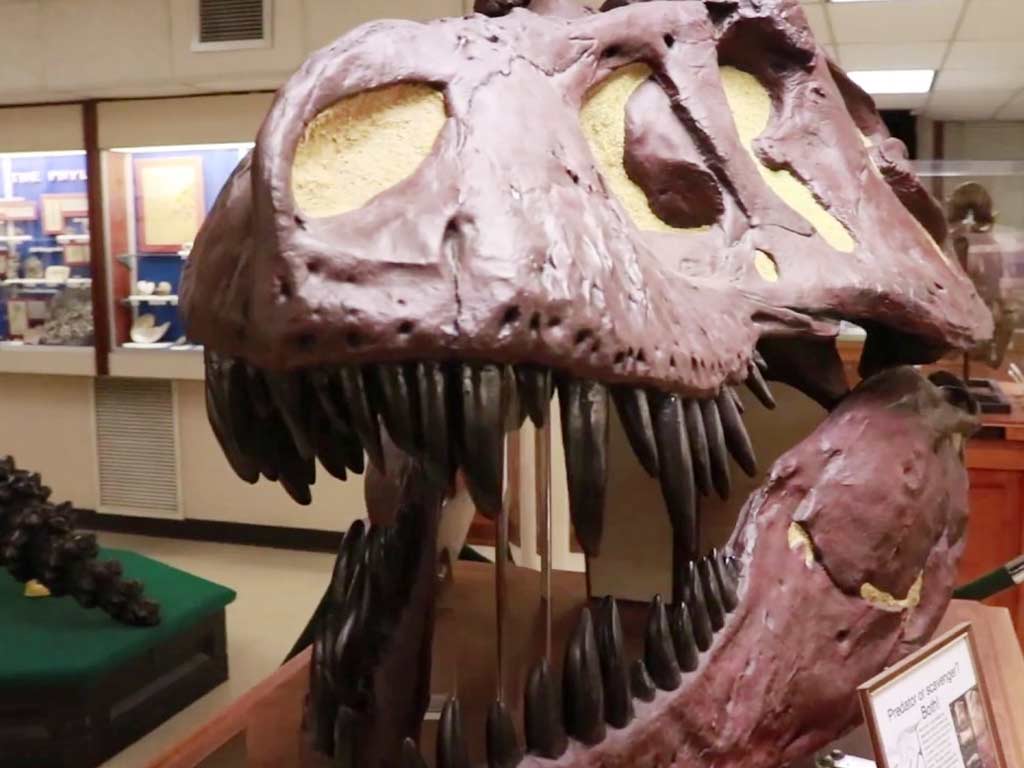
Founded in 1998, the Harvard Museum of Natural History is the amalgamation of three distinct museums: the Museum of Comparative Zoology, the Harvard University Herbaria, and the Mineralogical and Geological Museum.
This merger brought together an unparalleled collection of specimens, ranging from ancient fossils to botanical wonders and mineralogical treasures.
A Glimpse into Earth’s Past
The museum’s exhibits are a testament to the ever-evolving story of our planet. One of the crown jewels is the Ware Collection of Blaschka Glass Models of Plants, a stunning array of meticulously crafted glass flowers created by father-and-son artists Leopold and Rudolf Blaschka.
These delicate masterpieces capture the beauty of plant anatomy with such precision that they remain valuable tools for botanical study.
Dinosaurs Roaming Through Time
No exploration of natural history is complete without encountering the giants of prehistory. The museum’s paleontological exhibits transport visitors to eras long past, where colossal dinosaurs once roamed the Earth.
The impressive Kronosaurus, a marine reptile from the Cretaceous period, and the imposing Triceratops skeleton are among the highlights that captivate visitors of all ages.
Fascinating Field of Paleobotany
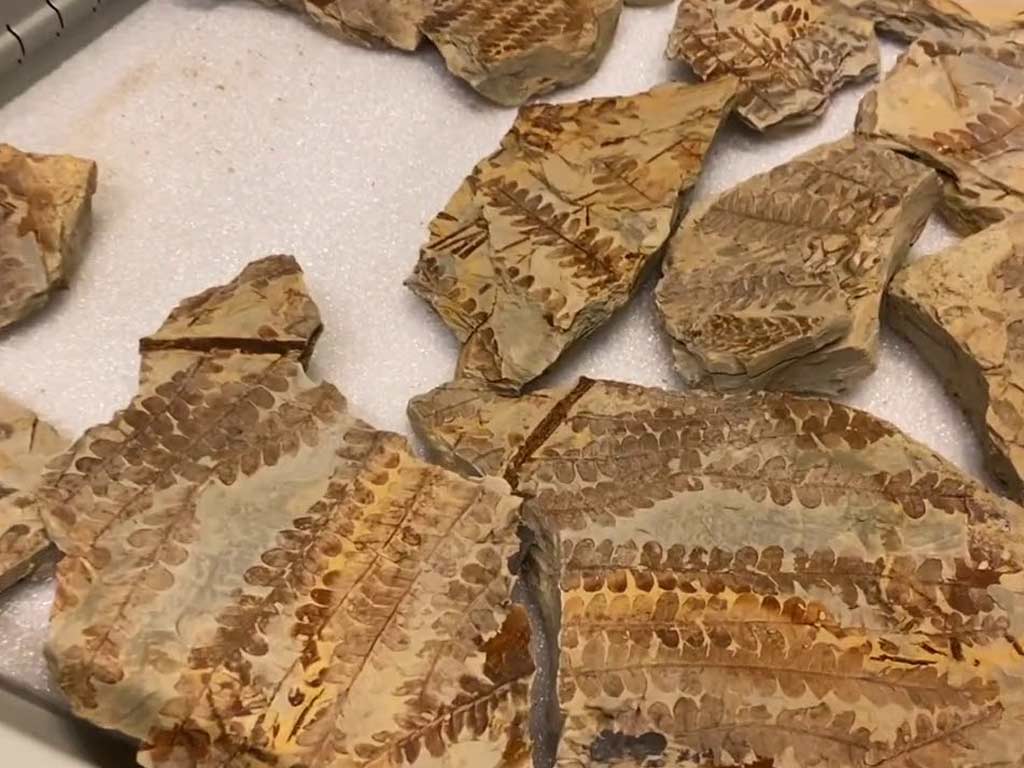
Beyond the awe-inspiring skeletal structures, the museum delves into the fascinating field of paleobotany, where fossilized plants reveal the lush landscapes that served as the backdrop to the age of dinosaurs.
It’s a captivating journey through time, allowing us to envision the ancient ecosystems that shaped the world we know today.
Marvels of the Animal Kingdom
The Museum of Comparative Zoology, a cornerstone of the Harvard Museum of Natural History, houses an extensive collection of specimens that spans the breadth of the animal kingdom.
From intricately preserved insects to majestic mammalian displays, each exhibit invites visitors to contemplate the diversity of life on Earth.
Great Mammal Hall
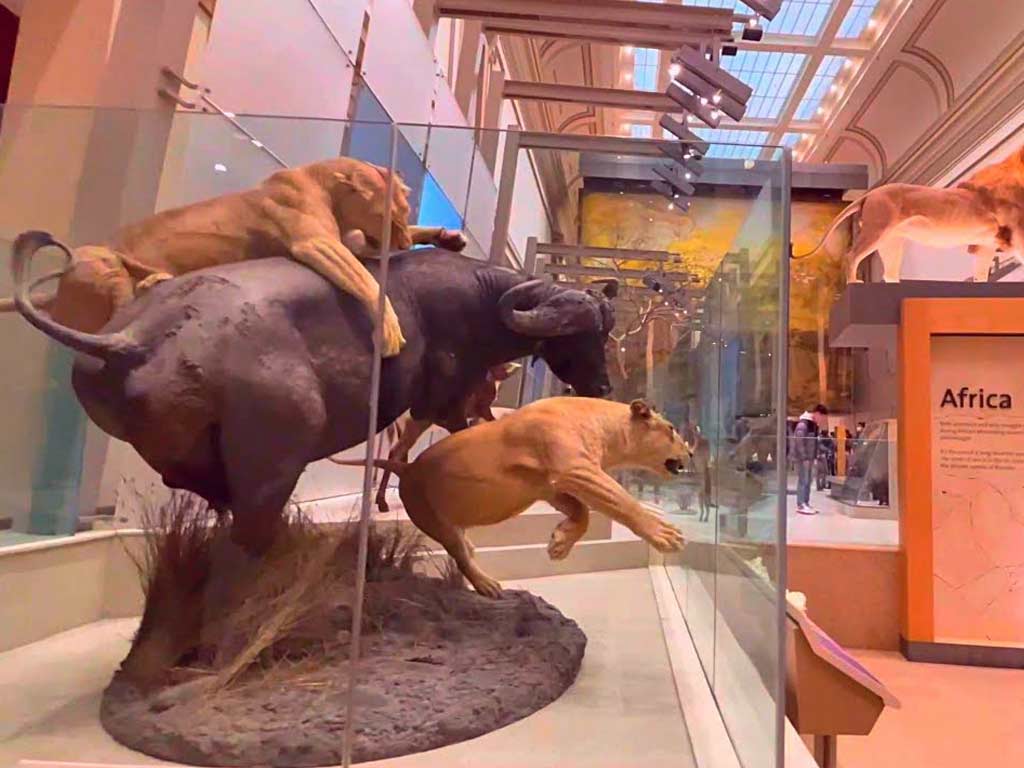
One standout exhibit is the Great Mammal Hall, a vast space adorned with lifelike dioramas that transport visitors to different corners of the globe.
Here, the boundaries between museum and wilderness blur as visitors find themselves face-to-face with the iconic inhabitants of various ecosystems, from the Arctic tundra to the African savannah.
Unveiling Earth’s Geological Wonders
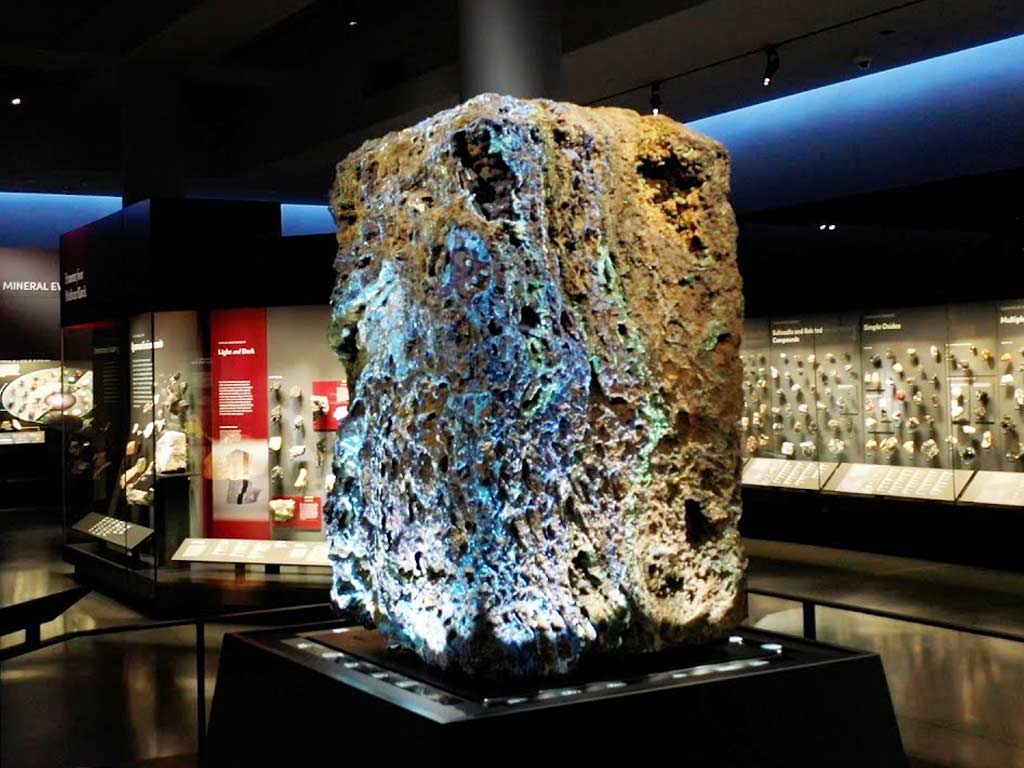
The Mineralogical and Geological Museum, another integral component of the Harvard Museum of Natural History, unravels the geological tapestry of our planet.
Visitors are treated to a dazzling array of minerals, gemstones, and meteorites, each with its own unique story.
Meteorite Collection
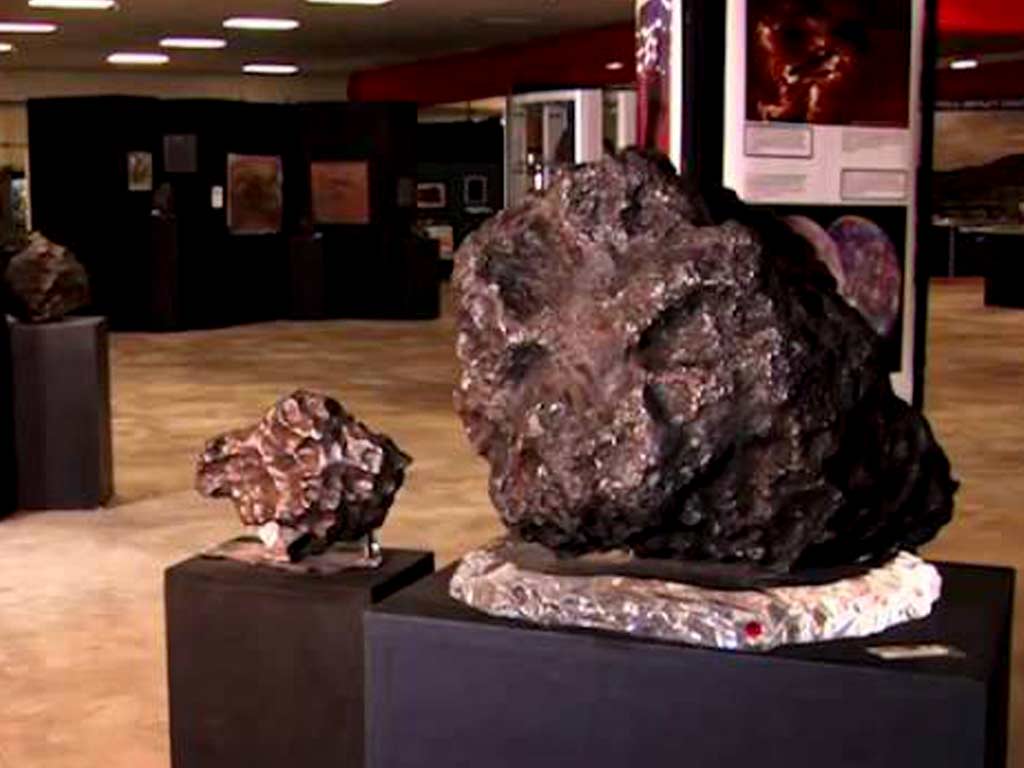
The museum’s Meteorite Collection is particularly noteworthy, featuring specimens that have journeyed through the cosmos to reach Earth.
These extraterrestrial treasures provide a glimpse into the vastness of the universe and the interconnectedness of celestial bodies.
Behind the Scenes: A Hub of Research and Discovery
While the exhibits are a captivating spectacle, the Harvard Museum of Natural History is also a thriving center of scientific research.
The Museum of Comparative Zoology, for instance, actively engages in taxonomy, systematics, and biodiversity studies, contributing to our understanding of the natural world.
Benefits of Such Extensive Collection
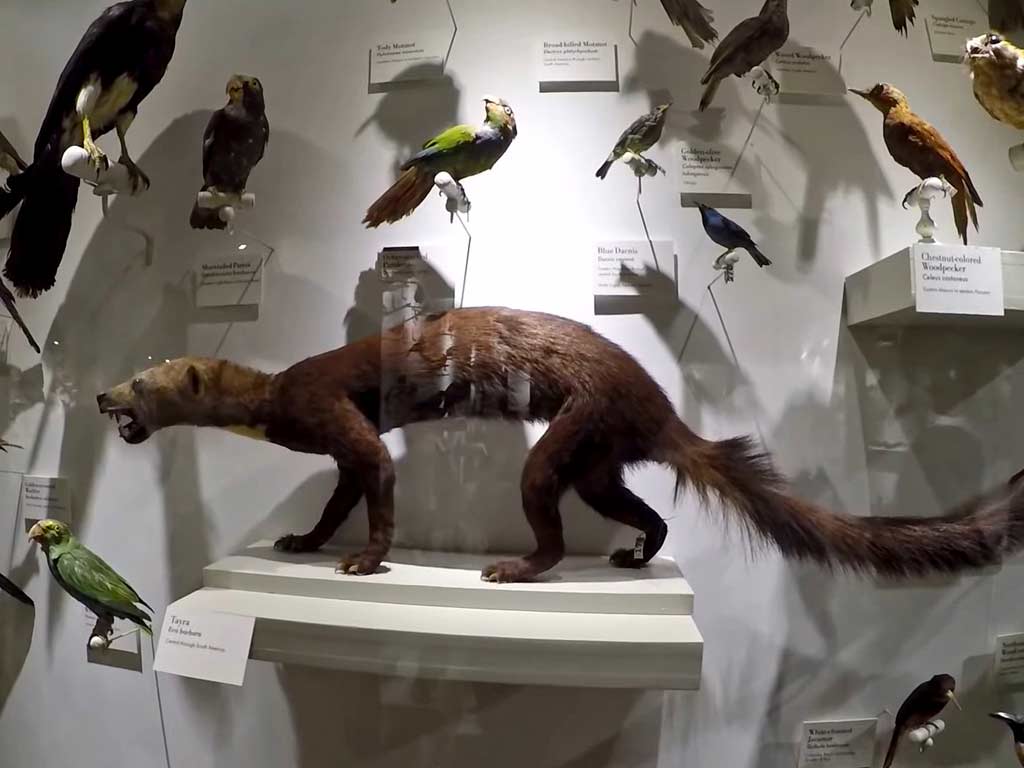
Researchers and students alike benefit from access to an extensive collection of specimens, libraries, and laboratories, fostering an environment where discoveries and insights continually emerge.
The museum’s commitment to education extends beyond its walls, with outreach programs, lectures, and events designed to inspire the next generation of scientists and nature enthusiasts.
Connecting Communities with Nature
Beyond its role as a repository of knowledge, the Harvard Museum of Natural History actively engages with the community, inviting visitors to participate in a dialogue about the importance of biodiversity, conservation, and our collective responsibility to preserve the wonders of the natural world.
Educational Programs
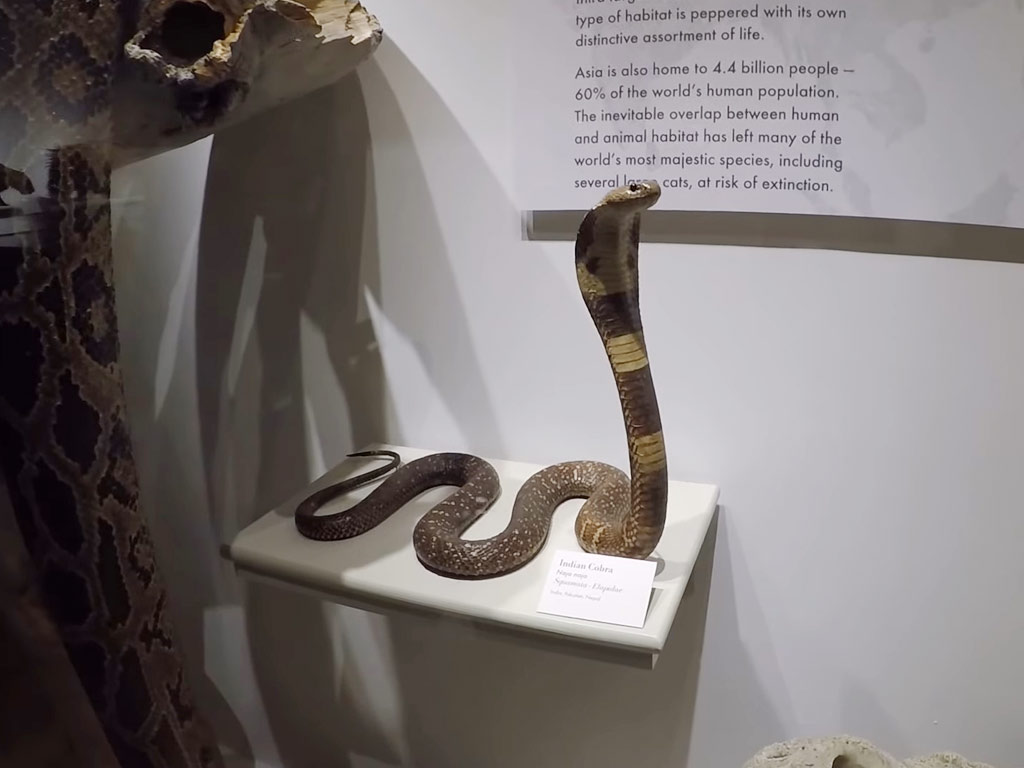
Through interactive exhibits, educational programs, and partnerships with schools and organizations, the museum catalyzes fostering a deep appreciation for nature.
It is a place where curiosity is sparked, questions are encouraged, and the beauty of our planet is celebrated.
A Timeless Invitation
In essence, the Harvard Museum of Natural History is more than a repository of artifacts; it is a living testament to the wonders of Earth’s past, present, and future.
As visitors explore its halls, they are not merely observers but active participants in a narrative that unfolds across millennia. It is an invitation to marvel at the intricacies of life.
Things to Consider While Visiting the Harvard Museum of Natural History
Visiting the Harvard Museum of Natural History promises an enriching experience, filled with wonders from the natural world and insights into Earth’s history.
To make the most of your visit, consider these key aspects that will enhance your exploration and ensure a memorable journey through the museum’s diverse exhibits.
Plan Your Visit
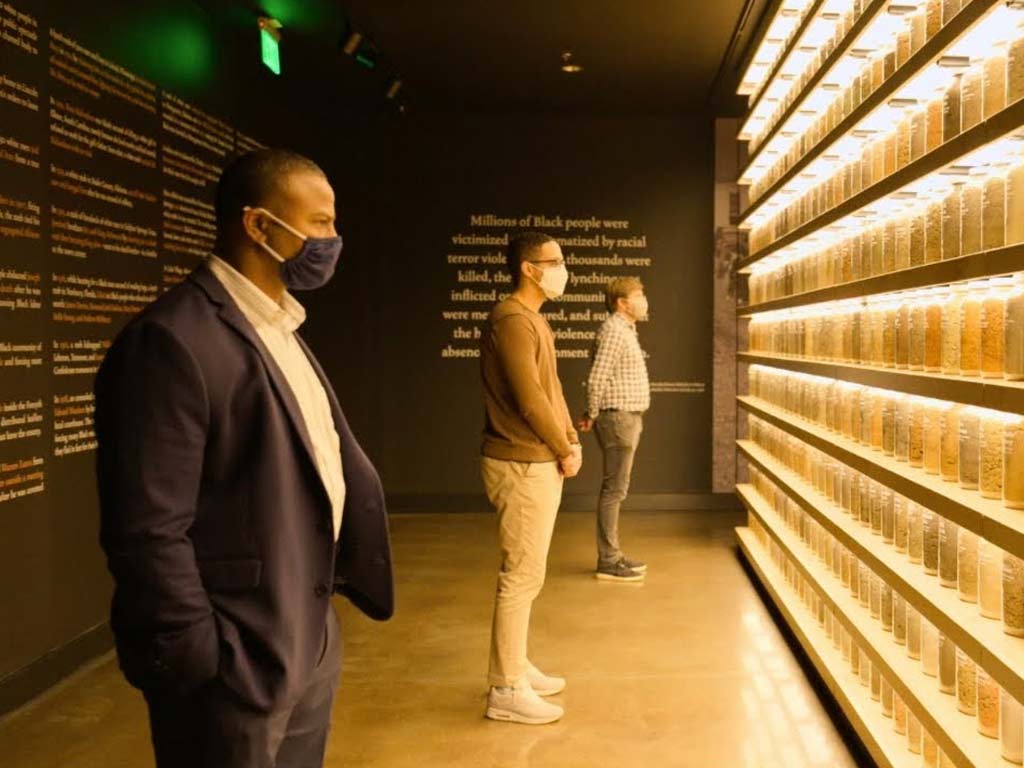
Start by checking the museum’s operating hours and any special events or exhibits. Consider arriving early to avoid crowds and allow ample time for exploration.
Planning ensures you have sufficient time to immerse yourself in each exhibit without feeling rushed.
Tickets and Admission
Check the museum’s website for ticket prices, any available discounts, and whether reservations are required. Purchasing tickets online in advance can save you time and guarantee entry, especially during peak hours or busy seasons.
Guided Tours
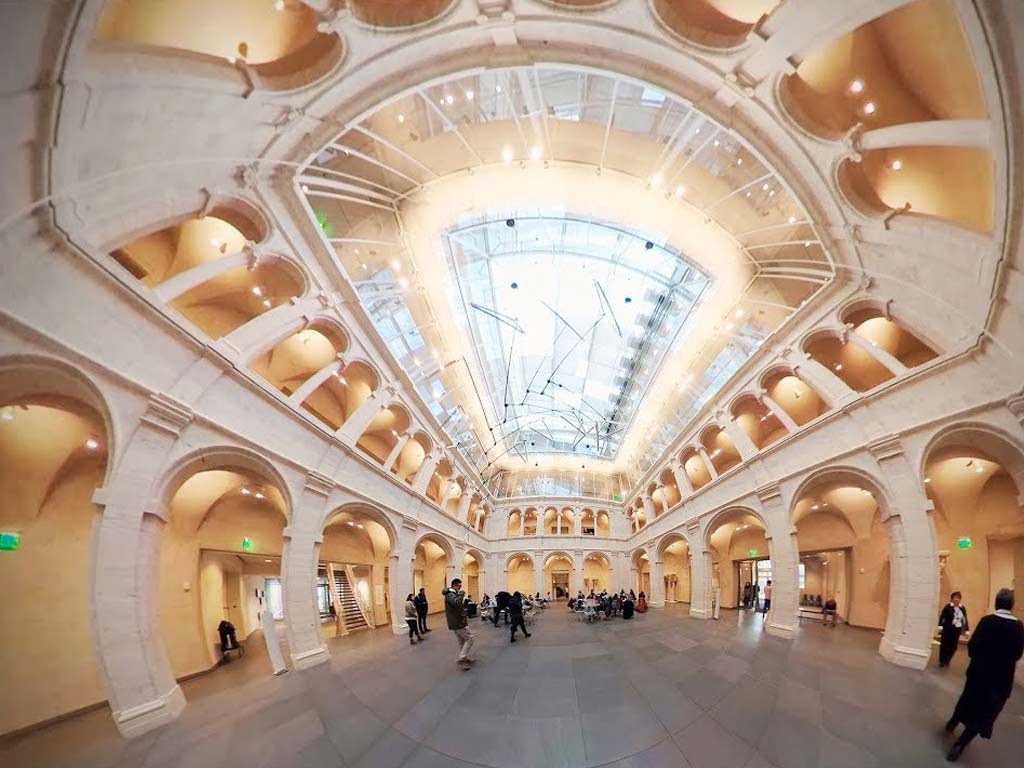
The Harvard Museum of Natural History offers guided tours that provide in-depth insights into specific exhibits or themes.
Consider joining a tour to gain a deeper understanding of the museum’s collections and the stories behind them. Guides often share fascinating anecdotes and highlight hidden gems that you might otherwise miss.
Educational Programs
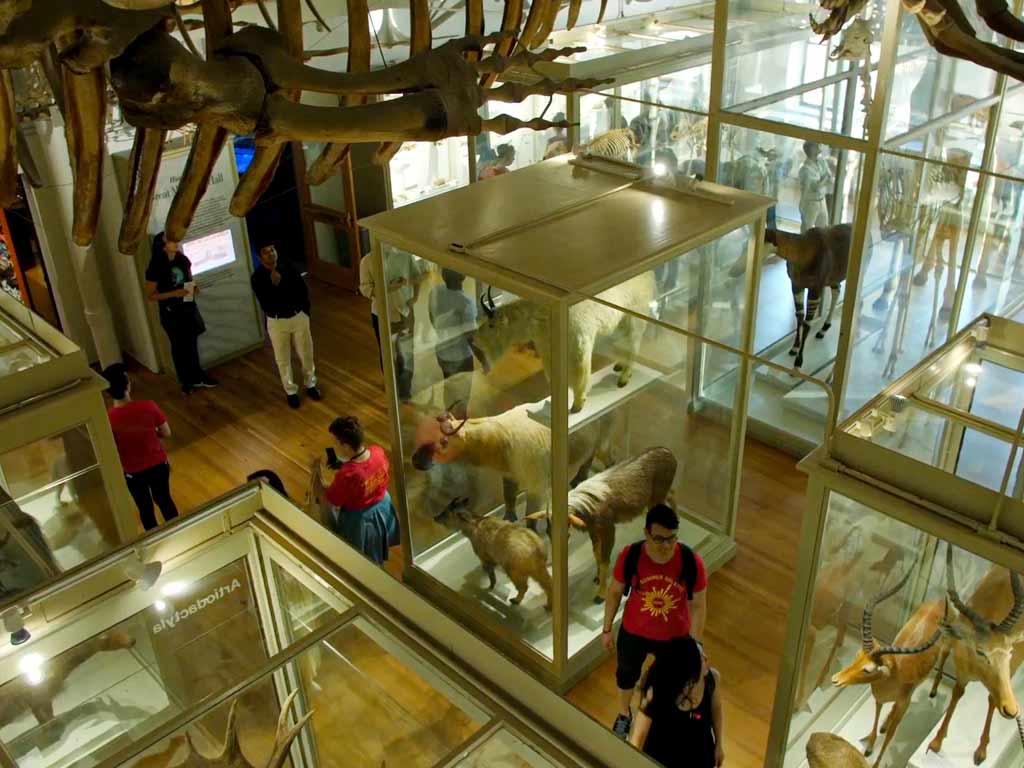
Explore any educational programs or workshops offered by the museum. These programs cater to various age groups and interests, providing a hands-on and interactive dimension to your visit.
Whether you’re a student, a family, or an individual enthusiast, participating in these programs can enhance your learning experience.
Museum Layout
Familiarize yourself with the museum’s layout to optimize your visit. Obtain a map at the entrance or check the museum’s website for a downloadable version.
Understanding the organization of exhibits will help you navigate seamlessly through different sections, ensuring you don’t miss any highlights.
Highlights and Must-See Exhibits
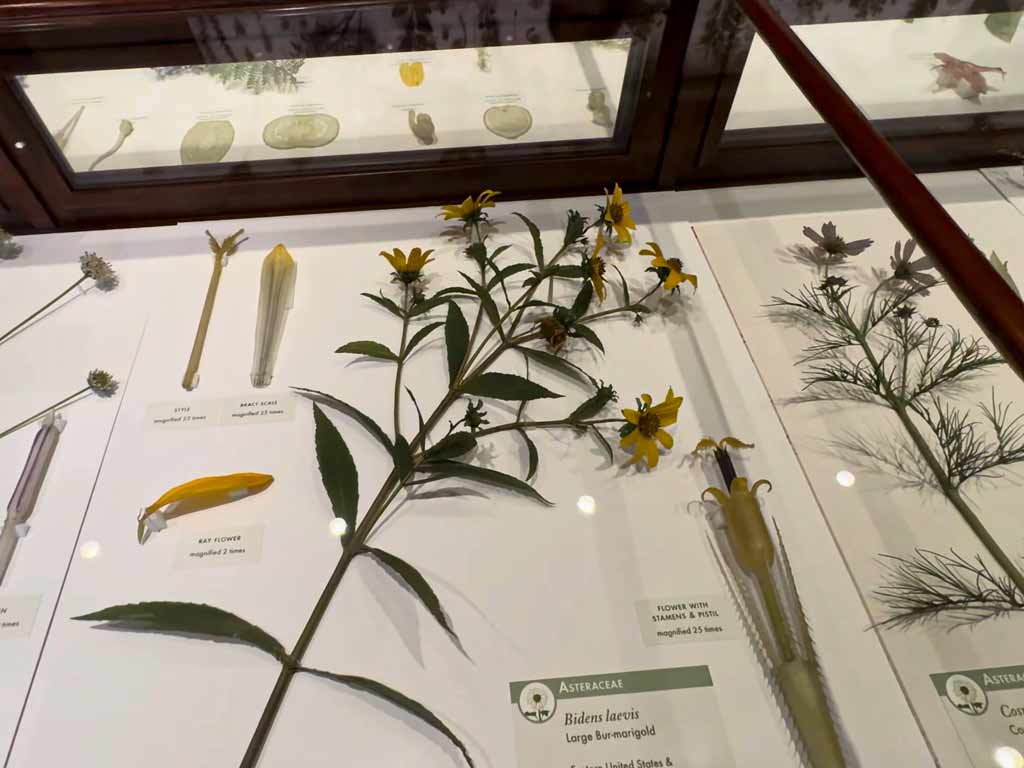
Identify the museum’s standout exhibits and prioritize them based on your interests. Whether it’s the Glass Flowers, dinosaur skeletons, or geological wonders, having a list of must-see attractions will guide your exploration and allow you to allocate time accordingly.
Interactive Exhibits
The Harvard Museum of Natural History features interactive exhibits that engage visitors of all ages. Take advantage of touchscreens, multimedia displays, and hands-on activities.
These interactive elements add a dynamic and immersive dimension to your visit, making the learning experience more enjoyable.
Photography and Sketching
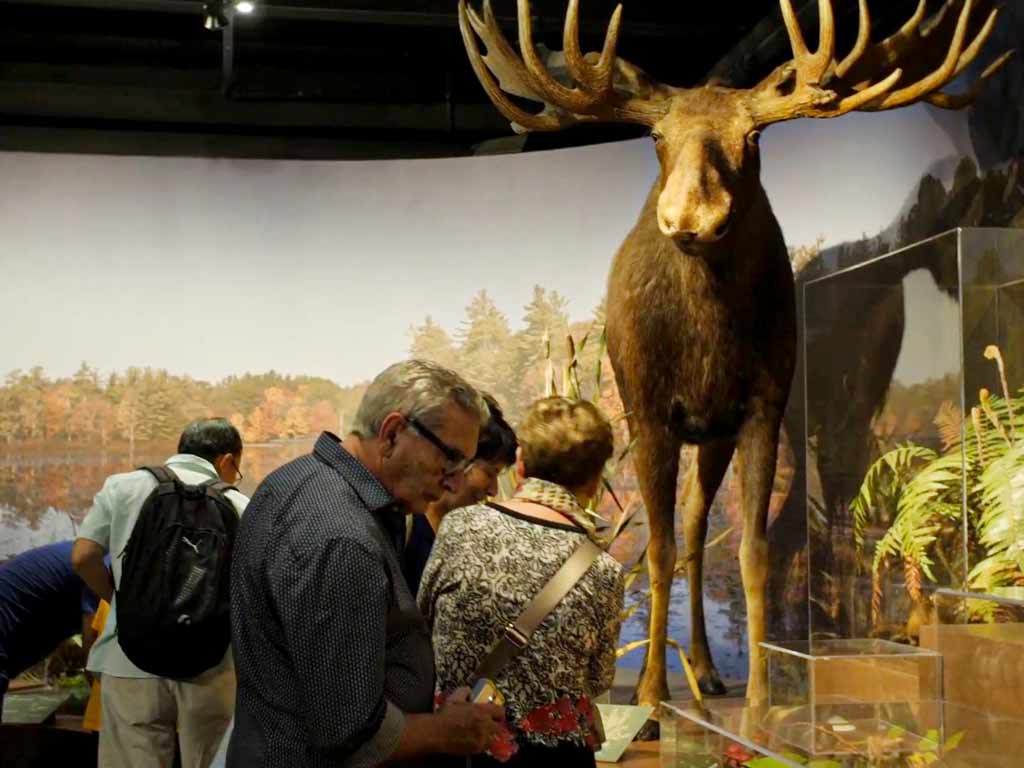
Check the museum’s policy on photography and sketching. Some exhibits may have restrictions to protect delicate specimens.
Capture the moments that resonate with you, but be mindful of others and the museum’s guidelines. Sketching can be a creative way to connect with the exhibits on a deeper level.
Museum Etiquette
Respect the museum’s guidelines regarding noise levels, touching exhibits, and maintaining a respectful distance from displays.
This ensures a positive experience for all visitors and helps preserve the integrity of the collections for future generations.
Rest Areas and Amenities
Take note of rest areas, seating, and amenities within the museum. Museums can be extensive, and having designated spots to rest allows you to recharge and fully appreciate each section. Bring water, especially if you plan for an extended visit, to stay hydrated.
Gift Shop and Souvenirs
Explore the museum’s gift shop for unique souvenirs and educational materials. Purchasing a book, replica, or educational toy related to your favorite exhibit can serve as a lasting reminder of your visit and further support the museum’s initiatives.
Accessibility Considerations
Check the museum’s accessibility features, including ramps, elevators, and facilities for visitors with special needs. The goal is to ensure that everyone, regardless of mobility or other considerations, can enjoy the museum fully.
FAQs
What are the main highlights of the Harvard Museum of Natural History?
The Harvard Museum of Natural History boasts a diverse range of exhibits, including the renowned Glass Flowers, impressive dinosaur skeletons, and extensive collections covering the animal kingdom, minerals, and meteorites.
How can I purchase tickets for the Harvard Museum of Natural History, and are there any discounts available?
Tickets for the Harvard Museum of Natural History can be purchased online through their official website. Check for any available discounts, such as student or group rates. Booking in advance not only ensures entry but also allows you to skip potential lines and make the most of your visit.
Are there guided tours available, and how can I participate in them?
Yes, the museum offers guided tours that provide in-depth insights into specific exhibits or themes. You can inquire about tour availability at the museum’s information desk or check their website for scheduled tours.
What interactive elements are present in the museum exhibits?
The Harvard Museum of Natural History incorporates various interactive elements, including touchscreens, multimedia displays, and hands-on activities. These features engage visitors of all ages, adding a dynamic and immersive dimension to the learning experience.
Can I take photographs or sketches during my visit to the Harvard Museum of Natural History?
Photography is generally allowed, but it’s essential to be mindful of any specific restrictions in certain exhibits to protect delicate specimens. Sketching is often encouraged, providing a creative outlet for visitors.
Conclusion
The Harvard Museum of Natural History not only preserves the legacy of our planet’s past but also serves as a dynamic hub for scientific exploration and education.
As we navigate the corridors of this institution, we find ourselves not just spectators but active participants in the ongoing dialogue between humanity and the natural world.
From the delicate intricacies of butterflies to the towering presence of dinosaur skeletons, the museum fosters a deep appreciation for the interconnectedness of life on Earth.
It is a place where history and science converge, offering visitors a profound understanding of our shared journey through time.
So, whether you are a seasoned scholar, an inquisitive student, or a family seeking a day of wonder, the Harvard Museum of Natural History beckons, inviting you to marvel at the beauty of our planet and contemplate the mysteries that continue to unfold within its captivating exhibits.
Jaclyn Lowe